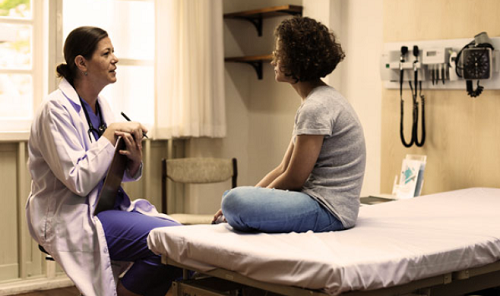
June 4, 2021 – Vizient, Inc. (Irving, TX) and its subsidiary, Sg2, released its 2021 Impact of Change Forecast that projects a rapid recovery of volumes for most services as COVID-19 declines, followed by a seismic shift in healthcare delivery as services move from hospitals to other care facilities.
“We’re going to see a strong recovery over the next six months in terms of health care utilization, with overall outpatient demand surpassing 2019 volumes. However, not everything will return to pre-pandemic levels,” said Madeleine McDowell, MD, FAAP, principal and medical director for Sg2.
The forecast projects:
- Inpatient volumes will recover to their pre-COVID-19 levels by 2022 and then plateau
- By 2029, hospital emergency departments (EDs) will see 4.8 million fewer patient visits annually than in 2019 (roughly a 5% decline) as low acuity ED visits shift to urgent care clinics, physician offices, and other locations
- Americans will spend 12.5 million more days in the hospital (9% increase), due to a rise in chronic diseases, an aging population who require more care, and new innovations that increase the number of treatable conditions
Other insights from the forecast include:
- Non-visit services in physician clinics, such as office-based diagnostics, laboratory testing and imaging, are projected to grow 18% by 2029.
- Hospital outpatient departments (HOPD) and ambulatory surgery centers (ASCs) will continue to experience patient growth (19% and 25% by 2029, respectively), with patient volumes projected to increase by 15 million from 2019 to 2029. The shift in procedures from inpatient to outpatient and from HOPD to ASC will help drive down the cost of surgical procedures, Vizient says.
- Outpatient surgery shift will accelerate as the Centers for Medicare & Medicaid Services (CMS) eliminates all procedures on the inpatient-only list (more than 1,700 codes) and expands the number of ASC-covered procedures by 278 by the end of 2023.
- Physician clinics will see pronounced declines in in-person visits (-19%) as patients shift to virtual, but patients seen in-office will be more likely to need ancillary services.
- Admissions will shift to the home toward the end of the decade with home-based services increasing by 15% to an estimated volume of 474.9 million.
- Part of the growth in hospital-at-home will be attributable to a reimagining of senior care that moves patients out of skilled nursing facilities, which will see a 5% reduction in patient volume by 2029, despite an aging population, Vizient predicts.
